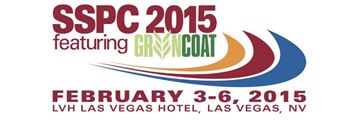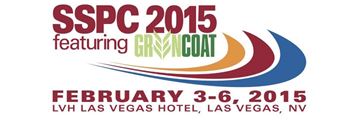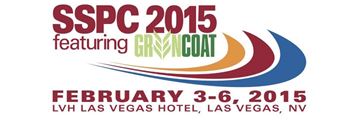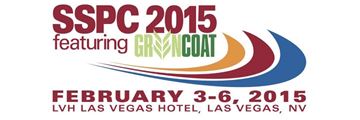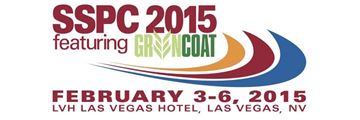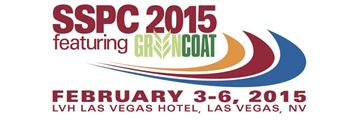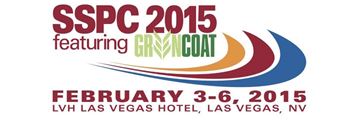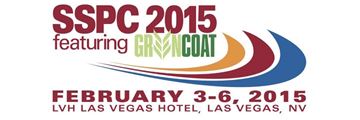Search
Products tagged with '2015 Conference Papers'
View as
Sort by
Display
per page
The Color of History: When the Brooklyn Bridge is Your Canvas
Product Number:
41215-937-SG
Publication Date:
2015
$20.00
The Effect of Four Commercially Available Steel Decontamination Processes on the Performance of Internal Linings
Product Number:
41215-911-SG
Publication Date:
2015
$20.00
The Futility and Folly of Seeking the Accelerated Corrosion Holy Grail
Product Number:
41215-885-SG
Publication Date:
2015
$20.00
The Problem with Meeting Dry Film Thickness Specifications
Product Number:
41215-892-SG
Publication Date:
2015
$20.00
Understanding the Breathing-Air System in Abrasive Blasting
Product Number:
41215-891-SG
Publication Date:
2015
$20.00
Understanding the Effects of NaCl Concentration on Zinc Phosphate Pigment Morphology and Composition by Advection Through Phenoxy Thermoplastic Free Films
Product Number:
41215-879-SG
Publication Date:
2015
$20.00
Use of Pre-Construction Primers in Marine Construction
Product Number:
41215-876-SG
Publication Date:
2015
$20.00
What Happens to Zinc Under Hot Insulation?
Product Number:
41215-883-SG
Publication Date:
2015
$20.00

